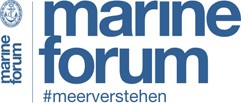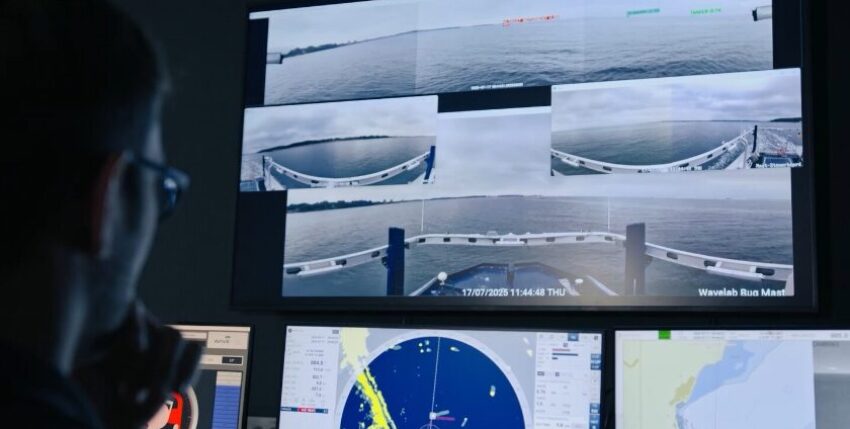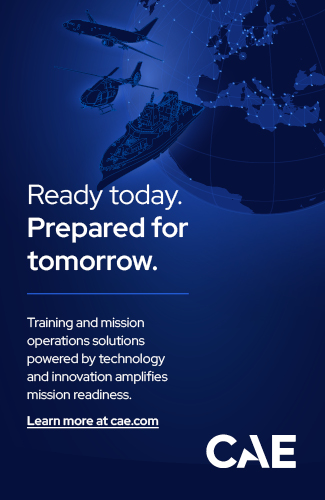With Anschütz Autonomics Anschütz wants to sharpen the system profile of its autonomy modules for marine and security applications. At its core, the company is coupling the certified, fleet-proven SYNAPSIS-The bridge is more closely linked to autonomous functions: optical target tracking, rule-compliant collision avoidance (COLREG/KVR) and Advanced Motion Control for precise course and speed control, including station keeping. In addition SYNTACS Autonomics mission automation - from doctrines and tactical behaviour to the integration of sensors and effectors (e.g. ISR sensors, MCM payloads). The result is an end-to-end system from track/speed pilot to tactical effect, remotely controllable from mobile, land-based or airborne operations centres.
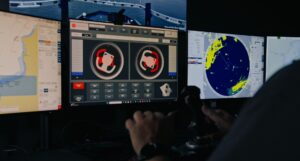
Trials with German Naval Yards, CMN (Constructions Mécaniques de Normandie, Cherbourg) and most recently with the German Navy demonstrated, according to a press release from 16 October, that evasive decisions, high-speed driving and interception manoeuvres are carried out correctly under remote control. The system has already proven itself in civilian use. Anschütz refers to the CAPTN-tests on the Kiel Fjord, where over 250 evasive manoeuvres were validated under real traffic conditions - an important step towards the approval of assistance and autonomy functions.
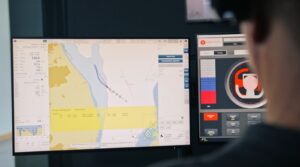
Of interest to the operator: the software-defined architecture is scalable - from UPSs to large manned units - and is based on approved components of the integrated bridge (SYNAPSIS NX). Including the Remote Operation Centre (ROC) and 5G communication from previous projects, this creates a development strand that ranges from assistance and partial autonomy to highly automated operations.
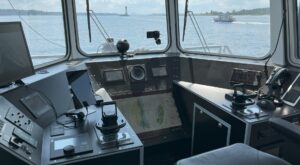
Remark: CAPTN (Clean Autonomous Public Transport Network) is a Kiel-based association of science, the city, authorities and industry that is developing autonomous and low-emission ferry transport on the Kiel Fjord. At its core is an open real-world laboratory with digital/5G infrastructure, a control centre and test vehicles in which navigation, COLREG-compliant collision avoidance, arrival/departure and fleet operation are tested under real traffic conditions. The aim is to provide reliable evidence for operation, approval and subsequent scaling in public transport. As a system and technology partner, Anschütz provides the integrated bridge SYNAPSIS and autonomy modules (situational awareness, COLREG-compliant collision avoidance, motion control) into the real-world laboratory and links them to the control centre/remote operation interfaces.
hum, anschuetz
